Andrea Palm:
If we continue on our current path without implementing “safer at home” to flatten the curve, the models show us that we would likely have 22,000 Wisconsinites who are positive for COVID-19 by April 8th and an estimated 440 to 1,500 deaths.
Frederica Freyberg:
Those are the numbers provided by the Wisconsin Department of Health Services in defense of the “safer at home” order. The goal is to keep people off the streets and at home across Wisconsin in the wake of the COVID-19 outbreak. The social distancing measure closes all nonessential businesses and comes just one week after Governor Evers said he didn’t believe a shelter in place order would be necessary. After consulting with health professionals and scientists, the Wisconsin governor said a more drastic step to stop the spread of the virus was necessary. Here’s a snapshot of how the virus has spread across our state. In the past week, the number of positive cases has more than quadrupled to 842. This week, State Epidemiologist Dr. Ryan Westergaard says based on the models, the infection rate in Wisconsin is likely two to three times worse than what the numbers show. In that same one-week time period, deaths in the state have increased from three to 13.
There are now more COVID-19 positive cases in the United States than anywhere else in the world. Working overtime and on the front lines of Wisconsin’s fight against COVID-19 is Secretary-designee of the Department of Health Services Andrea Palm. She joins us tonight via Skype with the very latest information and thank you so very much for joining us.
Andrea Palm:
Thanks for having me again.
Frederica Freyberg:
Dane County put out an emergency alert today saying if you leave your home, you should assume you have been exposed. What is your response to that action on the county’s part?
Andrea Palm:
So we work very closely with our local public health partners around the state. Obviously we have home rule here in Wisconsin. So our local public health departments are doing what they need and want and have to do based on the outbreak, the number of cases in their own communities. And so here in Dane County, our local public health folks decided that based on what they are seeing in their own data, they needed to make this alert. We obviously continue to work very closely with them to make sure they have the assets and resources that they need to continue to do the necessary contact tracing to make sure that we are stopping the spread of this disease. But I think, right, it speaks to the larger order that was signed earlier this week. Folks need to take this seriously. They need to pitch in. We need to do everything we can to break the spread of this transmission and staying home and remaining physically distant from other people is the way we have to do that.
Frederica Freyberg:
The governor today called cases and deaths in the African-American community in Milwaukee a crisis within a crisis. Why is that happening?
Andrea Palm:
So I think the science, like all the science in this outbreak, is continuing to develop and emerge and we are — our scientists and scientists around the globe are working carefully and closely to help us understand as data emerges what’s going on and how we use that to inform our response and the clinical care that is provided to those who are more severely ill. I think if Dr. Westergaard were here, he would say that it’s too early to know that we — it’s too early to know anything specific about the African-American community as it relates to this outbreak, but it is absolutely something when it comes to health equity, when it comes to making sure we know what we need to do to treat folks appropriately, that we absolutely want to learn and understand more about.
Frederica Freyberg:
I believe it’s true that the state is still in short supply of those reagents to complete the tests. Who are you calling on to get those to us?
Andrea Palm:
So we are tracking closely the different ingredients that are necessary to run these tests. And I should say that as an additional types of tests are coming online, it does expand the types of ingredients that can be used. In their parlance, they talk about platforms. What platform are you running the test on? And those take different kinds of ingredients. And so that will help us relieve some of that pressure. But there absolutely are and continue to be near future shortages of some of the pieces of these tests that we need.
Frederica Freyberg:
It seems that other states like New York in particular are testing at very high volumes. Are we losing critical supplies to states like that because they are being diverted?
Andrea Palm:
So we are hearing anecdotally. We are hearing reports from our lab partners around the state that there is some diversion happening. That they are hearing from their suppliers, that they are moving product to other states. And so we have expressed concern to our partners at the federal government about that diversion. And so we — I think it’s generally one of the issues in this response nationally, we are competing with our fellow states for limited resources, right? There are global supply chain issues. Whether it’s PPE or whether it’s some of these reagents, and the idea that it is an efficient way to be responding to this epidemic by all of us chasing the same supplies when it would be really, really helpful coordination function for the federal government to help us not be competing against each other and doing some extra work with us to help us get the supplies that we need.
Frederica Freyberg:
Are you being heard on that? Are states being heard on that by the federal government?
Andrea Palm:
So we continue to press. I mean, I recognize we here in the state of Wisconsin are a few weeks behind some of the hot spots around the nation. But that does not mean that we don’t have critical needs that need to be fulfilled and that we need this capacity to test citizens here in the state of Wisconsin. And so I think the governor has been participating on these — in these conversations with the White House. He continues to press the need to make sure that states are receiving the kinds of resources that they need, whether it’s PPE, whether it’s reagents and other critical medical supplies. And we will just continue to press on that.
Frederica Freyberg:
Given your models, do we have enough ICU beds and ventilators in Wisconsin and, if not, what will we do?
Andrea Palm:
So that is — that gets to the heart of why flattening the curve and “safer at home,” this is like a critical moment for that, right? So our goal, as we discussed, is for the peak to be lower and sooner. That is about where — that is about hitting a number that is below our bed capacity and our manpower capacity. And so while we are all diligently working to flatten the curve and lower our peak to be under that capacity, we are doing all the other things we need to do in case. And those are the strike teams that are working with all of our statewide resources out of the SEOC to do surge planning so that we are — we know where our potential additional facilities are to build hospital bed capacity so that we know how hospitals are going to share resources and beds and triage and do the kinds of movement and things that they can do together to make sure that our capacity is as flexible and as adaptable to serve folks who need to be served. But all of those activities are going on in real earnest right now. And staying at home and the order are part of also giving us the lead time to do that kind of work, because obviously if the peak is above where it should be, if we’re all doing “stay at home” well, we will have less time and less resources to be ready for the surge that will come.
Frederica Freyberg:
Meanwhile, in the midst of all of this, there’s such a shortage of personal protective equipment for doctors and frontline workers that the governor is asking for donations or that the state will buy large quantities of these, everything from masks to thermometers. How dire is this?
Andrea Palm:
It’s not enough, and we continue to hear from the front lines that they need more supplies. And so we are tracking closely with those partners, our county and local partners, about their needs and continue to press both on the federal government and private supply chains so that we’re able to meet those needs. But I certainly don’t want to sugarcoat it. This is an issue and it is why it is one of our top priorities. And we’re not alone. States around the country are experiencing the exact same thing.
Frederica Freyberg:
Secretary-designee Andrea Palm, thank you very much.
Andrea Palm:
Thank you.
Search Episodes

Donate to sign up. Activate and sign in to Passport. It's that easy to help PBS Wisconsin serve your community through media that educates, inspires, and entertains.
Make your membership gift today
Only for new users: Activate Passport using your code or email address
Already a member?
Look up my account
Need some help? Go to FAQ or visit PBS Passport Help
Need help accessing PBS Wisconsin anywhere?

Online Access | Platform & Device Access | Cable or Satellite Access | Over-The-Air Access
Visit Access Guide
Need help accessing PBS Wisconsin anywhere?

Visit Our
Live TV Access Guide
Online AccessPlatform & Device Access
Cable or Satellite Access
Over-The-Air Access
Visit Access Guide
 Passport
Passport








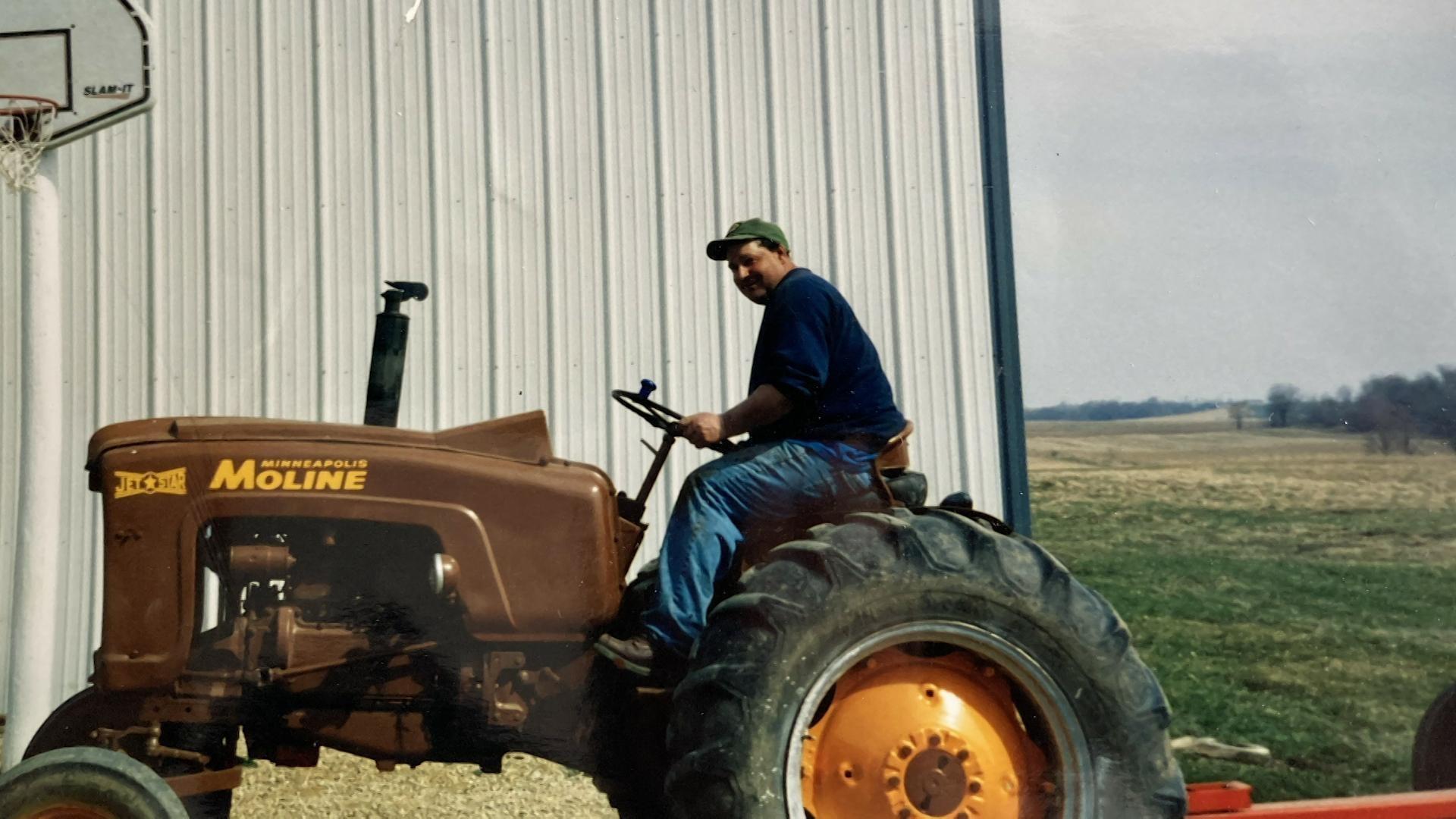
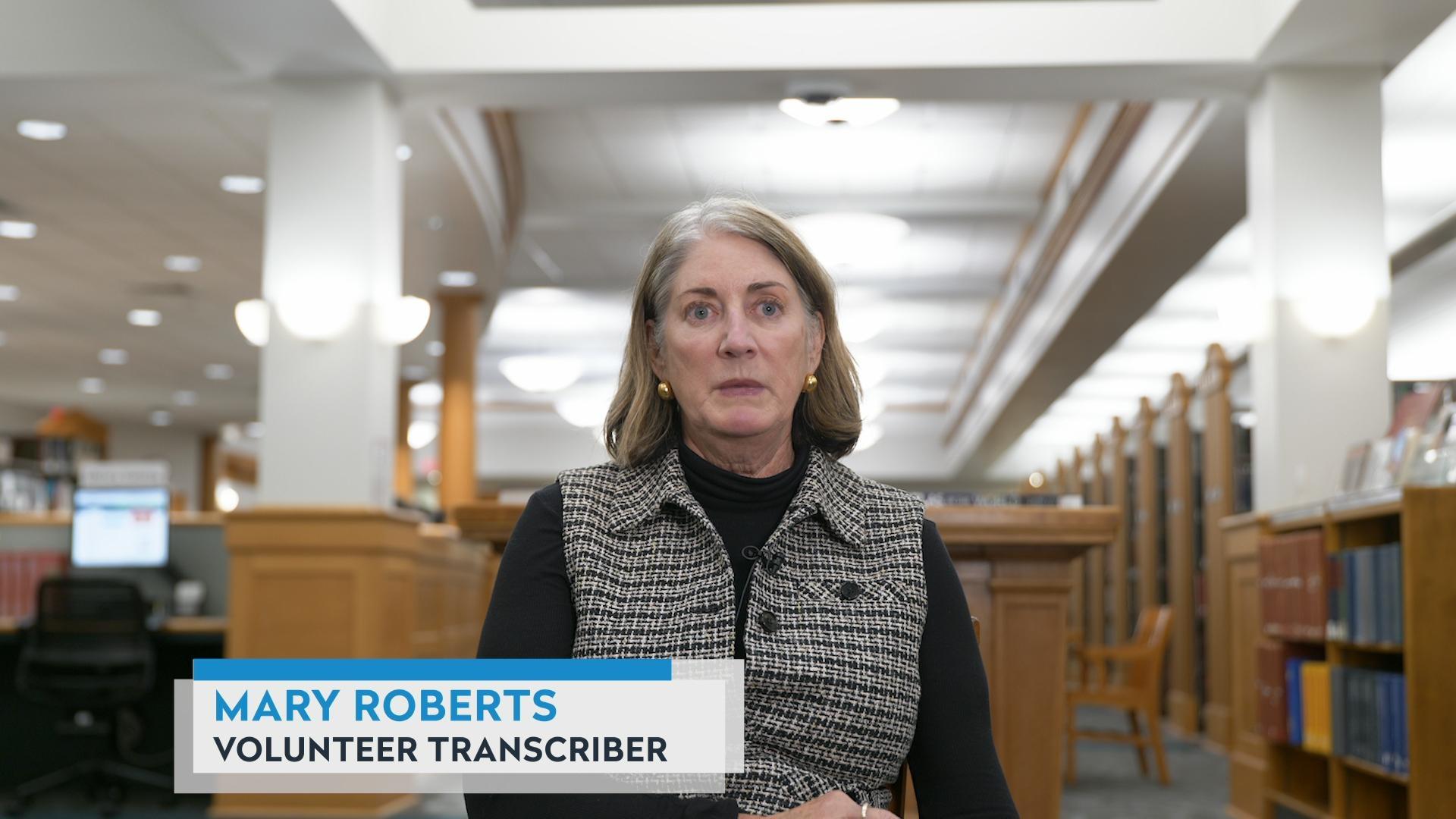

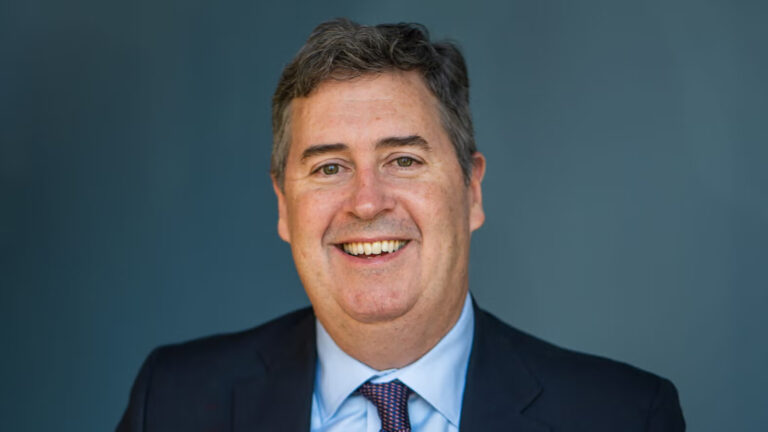

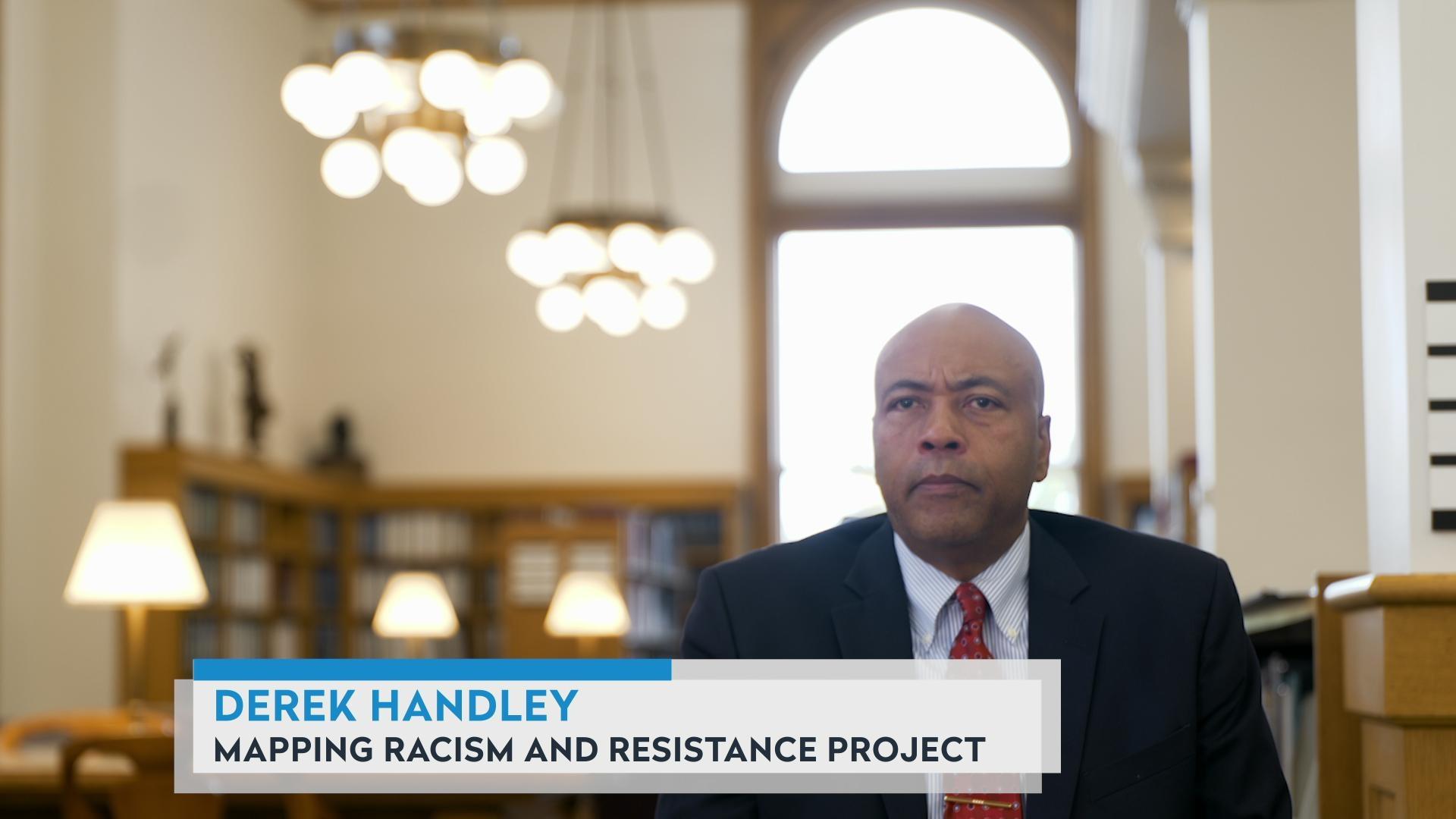
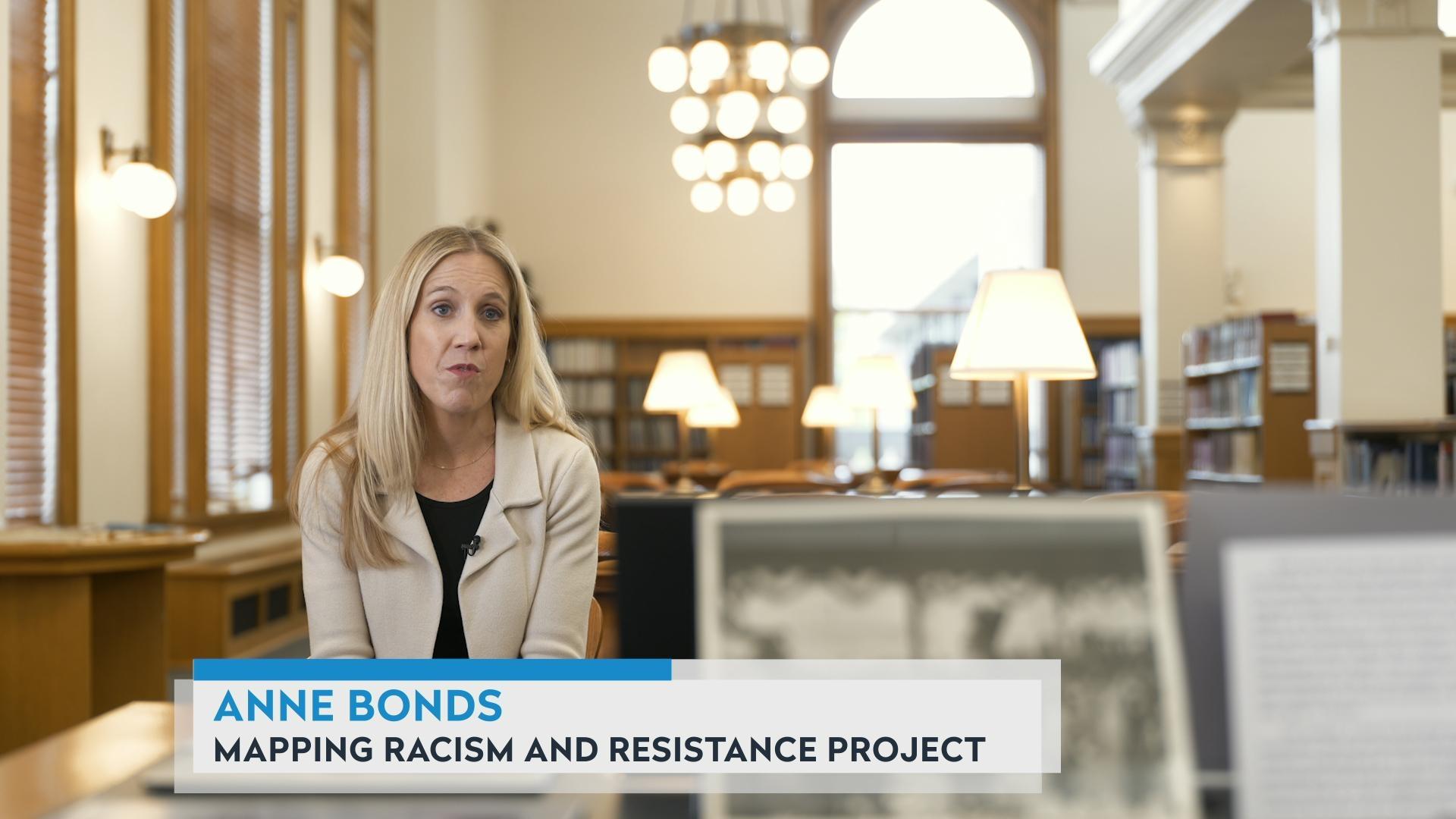



Follow Us